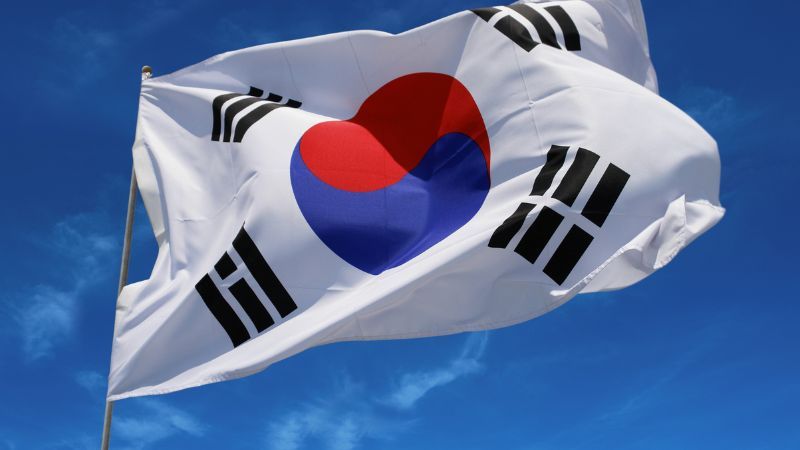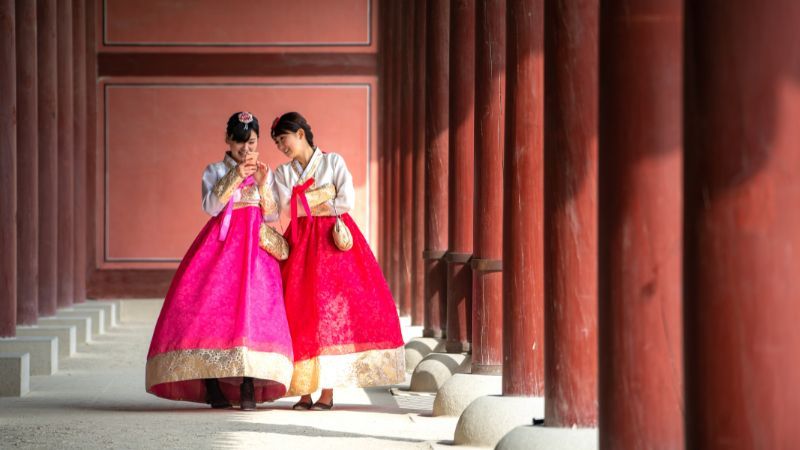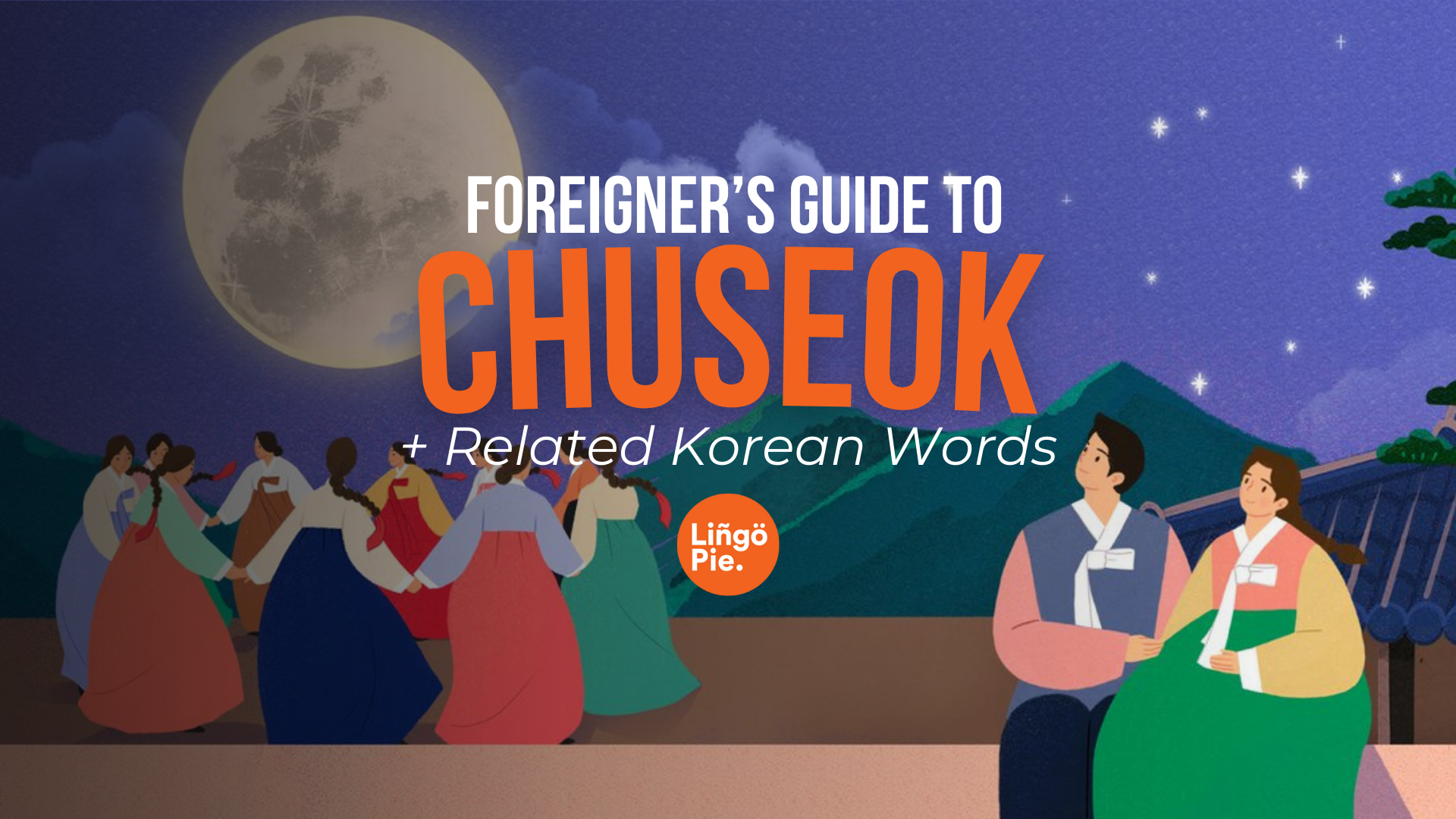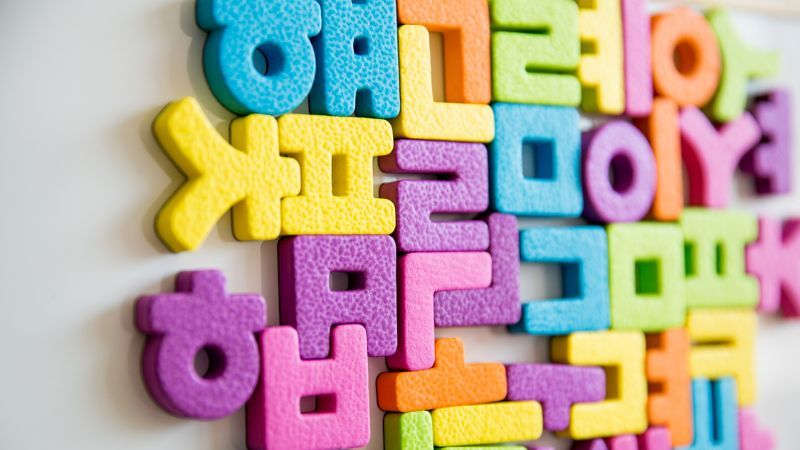Did you know that an entire nation dedicates a day to celebrating its alphabet?
South Korea commemorates Hangeul Day each year on October 9th, honoring the unique script of the Korean language, known as Hangeul.
In this post, we'll explore the rich history of Hangeul, its significant impact on Korean identity, and how it's celebrated today!

What Is The Hangeul Day?

Hangeul Day, also known as Hangul Day in South Korea and Chosŏn'gŭl Day in North Korea, is a commemorative day to celebrate the creation and the proclamation of Hangeul, the alphabet of the Korean language. This day marks the invention of Hangeul by King Sejong the Great in the 15th century and its announcement in a document titled Hunminjeongeum (translated as "The Correct Sounds for the Instruction of the People") on October 9, 1446.
When Is The Hangeul Day?
Hangeul Day is celebrated on October 9th in South Korea. In North Korea, the equivalent celebration, known as Chosŏn'gŭl Day, takes place on January 15th.
Is Hangeul Day A National Holiday In Korea?
Yes, Hangeul Day (한글날), celebrated on October 9, is a national holiday in South Korea. It commemorates the creation and proclamation of the Korean alphabet, Hangeul, by King Sejong the Great and his scholars in 1443. The day is significant for its cultural and historical importance, as Hangeul is credited with promoting literacy and communication among the Korean people by providing a simple and effective writing system.
Related:

The History Of Hangeul
Hangeul, the alphabet used in the Korean language, was not merely a linguistic innovation but a powerful social tool, introduced by King Sejong the Great in the 15th century.
Prior to the invention of Hangeul in 1443, the literate elite of Korea predominantly used Classical Chinese, which posed a significant barrier to literacy for the common people due to its complexity and vast number of characters. Recognizing the limitations this imposed on society, King Sejong initiated a profound change.
King Sejong's motivation for creating Hangeul was rooted in his desire to democratize reading and writing. He intended to give all his subjects the ability to read and write, thus fostering greater communication and understanding across his kingdom. The introduction of Hangeul was a revolutionary step toward breaking the class barriers that literacy in Classical Chinese had reinforced.
The script was originally named Hunminjeongeum, which translates to "the correct sounds for the instruction of the people." This name reflects its purpose: to represent the sounds of the Korean language accurately and logically, making it easy to learn and use. The design of Hangeul is ingenious yet simple, consisting of 14 consonants and 10 vowels that can be combined to form syllables and words.
Its creation was a declaration of cultural independence and an enduring legacy of King Sejong's reign, emphasizing the importance of accessibility in communication and the value of each citizen's ability to engage with society through writing.
The Significance of Hangeul
Hangeul is not just a set of characters; it's a reflection of philosophical and linguistic sophistication, designed with a unique featural writing system that sets it apart from other scripts. Each letter in Hangeul corresponds to a specific sound and is designed based on the shape the mouth makes when producing these sounds. For instance, the character for the sound 'k' (ㄱ) is inspired by the shape of the tongue touching the back of the teeth. This ingenious system not only simplifies learning but also ties the written word closely to the spoken language, enhancing literacy.
The impact of Hangeul on Korean society has been profound and far-reaching. Historically, its introduction significantly democratized literacy, breaking the hold of the elite who had exclusive access to the written language, predominantly in Classical Chinese. This shift not only facilitated communication across all levels of society but also fostered a greater sense of unity and national identity among Koreans.
Moreover, Hangeul has played a crucial role in preserving the Korean language and identity, especially during periods of foreign influence and occupation. During the Japanese occupation in the early 20th century, there were efforts to suppress the Korean language and culture. Hangeul became a symbol of resistance and a tool for maintaining Korean heritage. Its preservation efforts highlighted its importance as a cornerstone of national identity, a sentiment that continues to resonate in contemporary times.
Today, Hangeul is celebrated for its scientific design and cultural significance, embodying the resilience and creativity of the Korean people. It continues to be a vital element of Korea’s cultural heritage, facilitating not just communication but also serving as a link to the nation’s historical and philosophical roots.
How Do Koreans Celebrate Hangeul Day?

In South Korea, Hangeul Day is a significant cultural event, and Koreans celebrate it in various meaningful ways. Here are some common ways they observe Hangeul Day:
1. Official Ceremonies
National Ceremonies: The South Korean government holds official events to honor the day, often at important landmarks like Gwanghwamun Square in Seoul, where the statue of King Sejong the Great is located. These ceremonies feature speeches, performances, and tributes to King Sejong’s role in creating Hangeul.
Awards and Honors: The government may also present awards to individuals or organizations that have contributed to the promotion and preservation of the Korean language and culture.
2. Cultural Events and Festivals
Hangeul Festivals: Many cities across South Korea organize festivals that include calligraphy contests, exhibitions, and street performances. These events celebrate the beauty and history of the Korean script, encouraging participation from the public.
Cultural Performances: Traditional Korean performances such as dances, music, and reenactments of historical events related to King Sejong’s reign are common. These performances often highlight Korean heritage and the importance of language.
Public Art Displays: Cities may decorate public spaces with Hangeul-themed art, and some exhibits feature contemporary art using the Hangeul script.
Read Also:


3. Museum Visits and Exhibitions
The National Hangeul Museum in Seoul typically holds special exhibitions showcasing the history, evolution, and importance of Hangeul. These exhibitions often highlight how the script has influenced Korean identity and literacy.
King Sejong’s Life and Contributions: Museums and cultural centers often hold exhibits focusing on King Sejong, explaining his efforts to create a simple and accessible writing system for the Korean people.
4. Education and Learning

Educational Programs: Schools, universities, and language institutes may offer special lessons on Hangeul's history and its role in Korean society. Some institutions organize language-related contests, such as Korean writing competitions, poetry readings, or calligraphy events.
Hangeul Classes: For those wanting to learn or improve their Korean language skills, Hangeul Day is a great occasion to take part in free classes or workshops. These may be offered by cultural centers or universities.
5. Calligraphy Contests
Calligraphy contests are popular during Hangeul Day, with participants showcasing their skill in beautifully writing Korean characters. These contests often attract participants of all ages, from students to professional artists, and sometimes even foreigners learning the language.
6. Commemorative Publications
Korean newspapers, magazines, and online platforms often publish special editions or articles commemorating Hangeul Day. These publications may include essays, interviews with linguists, or historical pieces on the creation of Hangeul.
7. Public Performances and Parades
In some places, parades and public performances take place. These parades feature floats and costumes that represent different aspects of Korean culture, including traditional dress, historical figures like King Sejong, and representations of Hangeul’s characters.
Learn Hangeul With Lingopie To Celebrate The Hangeul Day!
In conclusion, Hangeul Day is a celebration of Korea’s rich cultural heritage, honoring the unique alphabet that has played a key role in shaping Korean identity and communication. From official ceremonies to lively cultural festivals and educational programs, Koreans come together on October 9th to reflect on the significance of Hangeul and its creator, King Sejong.
If you’re inspired to explore the Korean language further, Lingopie is a fantastic resource that can help you on your journey. With its fun and immersive approach to learning languages through TV shows and movies, Lingopie makes mastering Korean more enjoyable and accessible than ever. Start your Korean learning adventure today, or continue exploring more articles to deepen your cultural understanding!







![11+ Best Shows On Netflix To Learn Korean [2025]](/blog/content/images/size/w300/2025/05/Best-Shows-On-Netflix-To-Learn-Korean.jpg)


